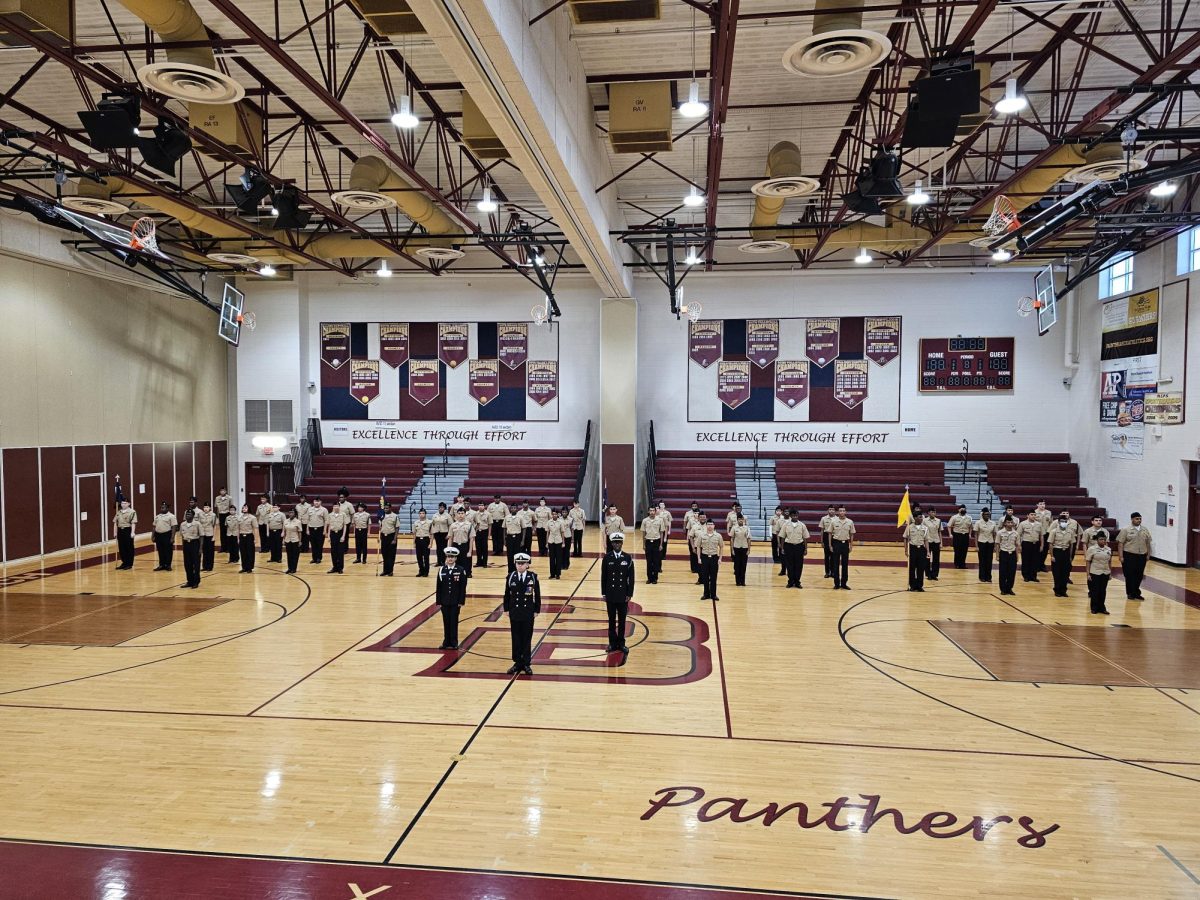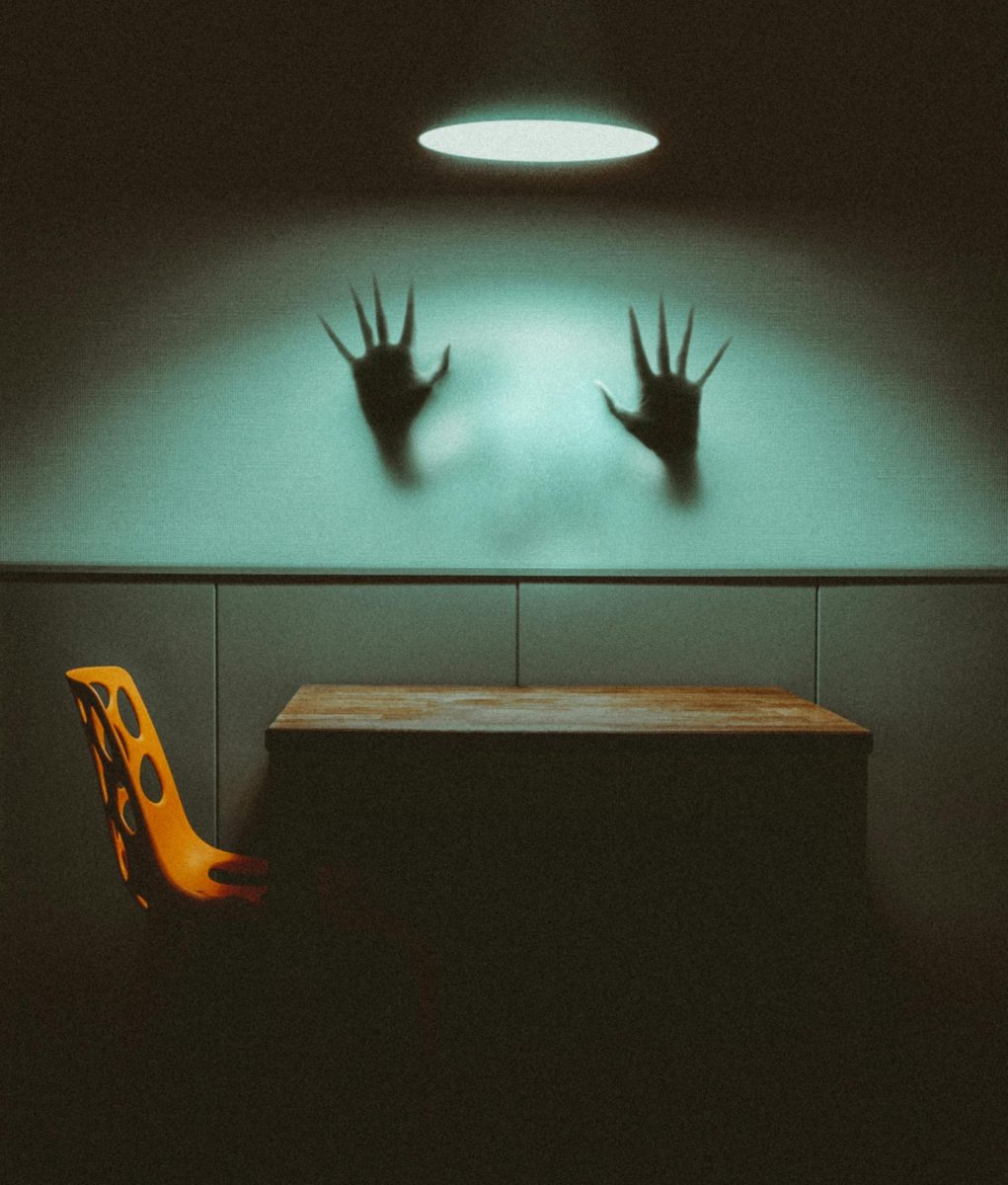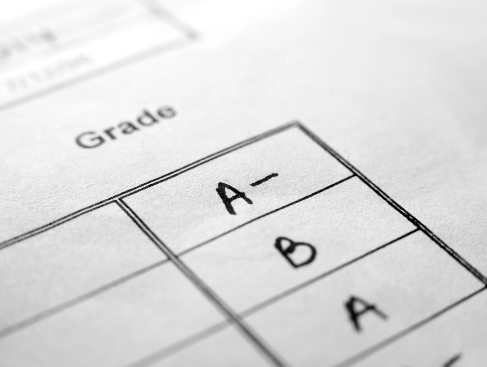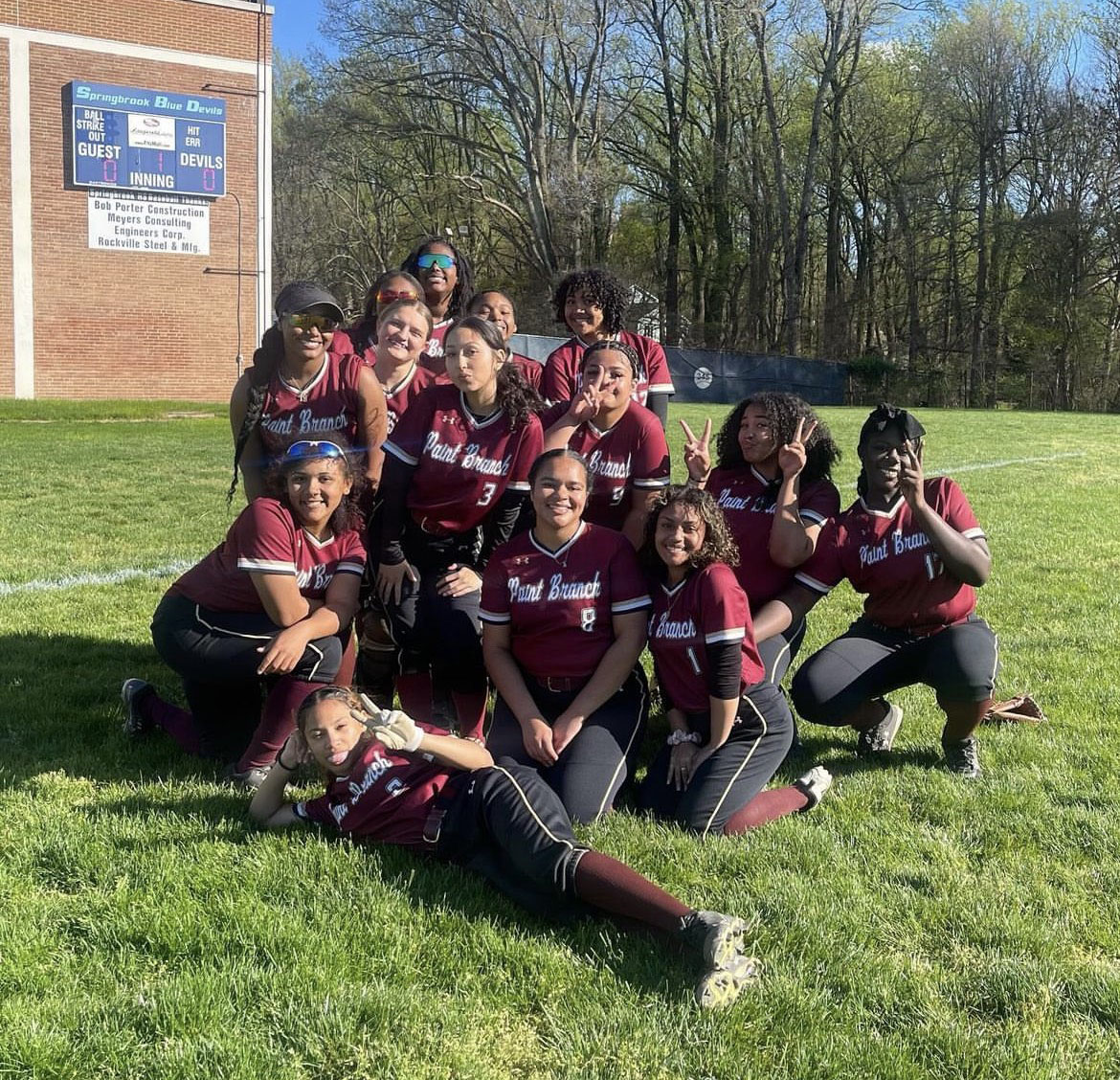Siced: iPhones
“Siri, do you love me?” I ask my iPhone. “Does Apple make iPhones?” Siri responds.
It’s kind of hard to get the joke when a monotonous, robotic voice is telling it. In 2007, Apple released the first generation of the iPhone, but the craze didn’t hit our generation until the iPhone 4 came out in 2010. Pretty soon, middle schoolers, and even younger students, owned iPhones even though, pretty much, the only reason why they would even need a phone was to call their parents, a job a simple flip phone could do.
You can only imagine my disbelief when I first saw ten year-olds with iPhones when all I had when I was ten was a plastic toy phone that played music when I pressed the numbers.
In 2012, the iPhone 5 launched, and shortly after many “tech-savvy” people who had just bought a 4S were throwing it out and shelling out $100-200 to upgrade to the next best thing. This can’t help but make me wonder, what makes iPhones so appealing? It isn’t the battery life, which lasts all of 60 minutes, or it seems like it anyways. It isn’t the durable body that is revealed by an almost omnipresent crack in the screen.
Recently, Apple launched its latest update for the iPhone and iPad, iOS 7. Once the long awaited release date came around, it took several hours to finally download. Then, when the download was complete, a message popped up saying that there was either not enough storage or that iOS7 was unavailable. iPhone users had to resort to deleting several apps, photos, and music just to make room for iOS7. Some great update.
Although Androids seem to be more reliable and able to perform the same tasks as iPhones, the obsession with the Apple brand name seems to plague our generation. Now if your phone is not an iPhone, your phone is considered a “trap phone.” Apple products are in the limelight just as much as celebrities are. Even children’s shows are showcasing Apple- inspired products such as “Pear phones” and “Pear pads”, as seen on the hit Nickelodeon show, Victorious.
iPhone 5 came in two versions: the 5S and the 5C, and those cell phone users who automatically upgraded found that the only difference between the two versions of the same exact phone was the case and the fingerprint sensor on the iPhone 5S. I guess the iPhone 5S would be great for someone who wants to feel like James Bond. Also, the iPhone C is plastic, yet costs between $99 – $199 dollars. Androids and other smartphones do the job just fine when it comes to texting, calling, and using applications, but Apple has customers who would never dream of leaving.





































